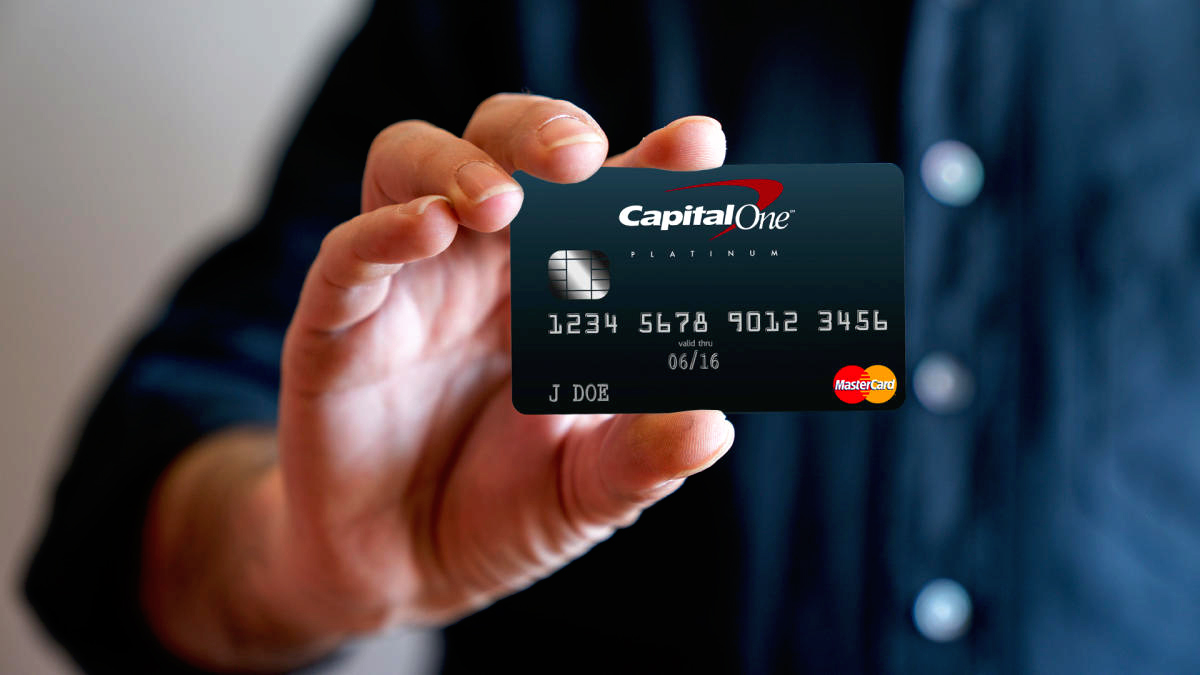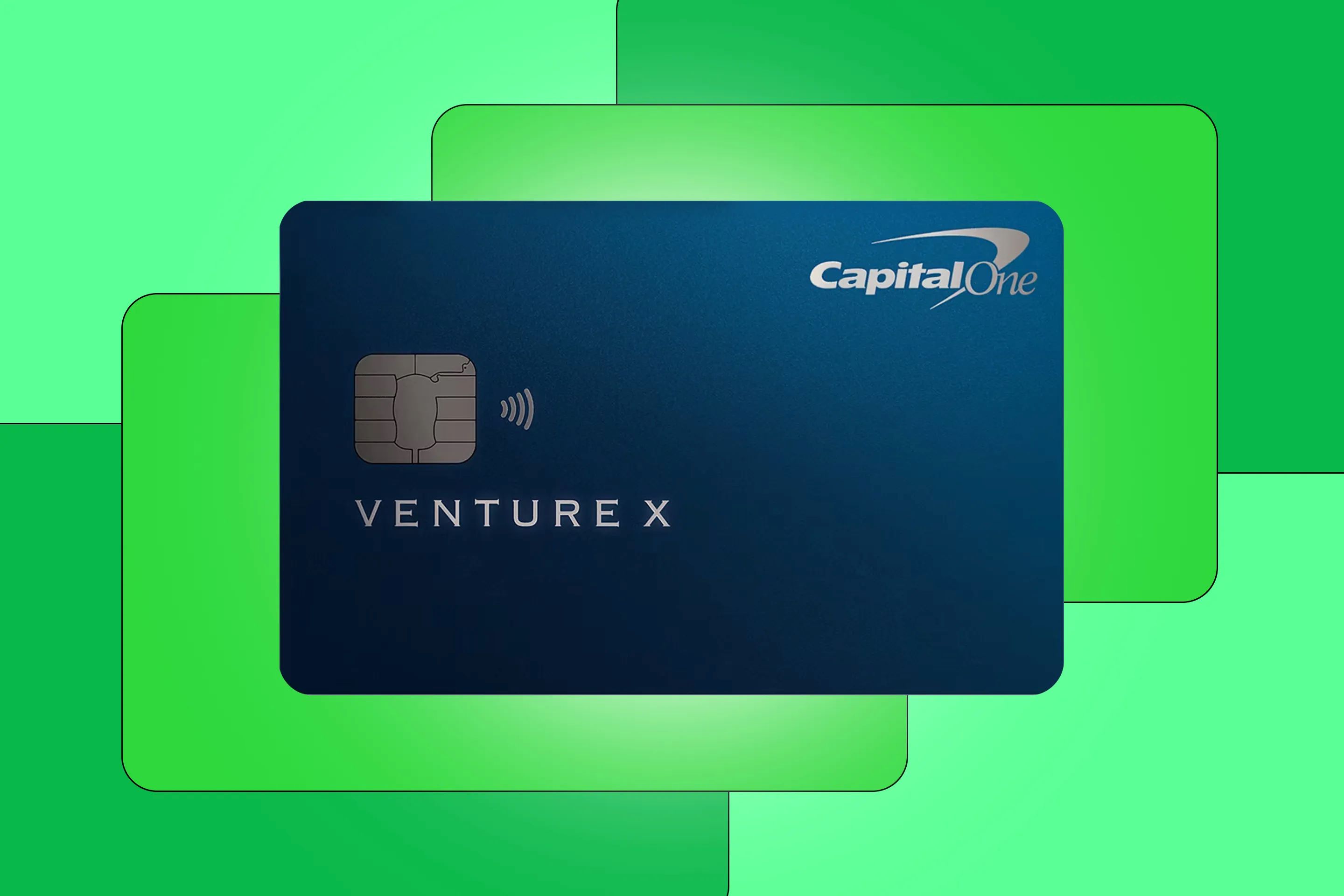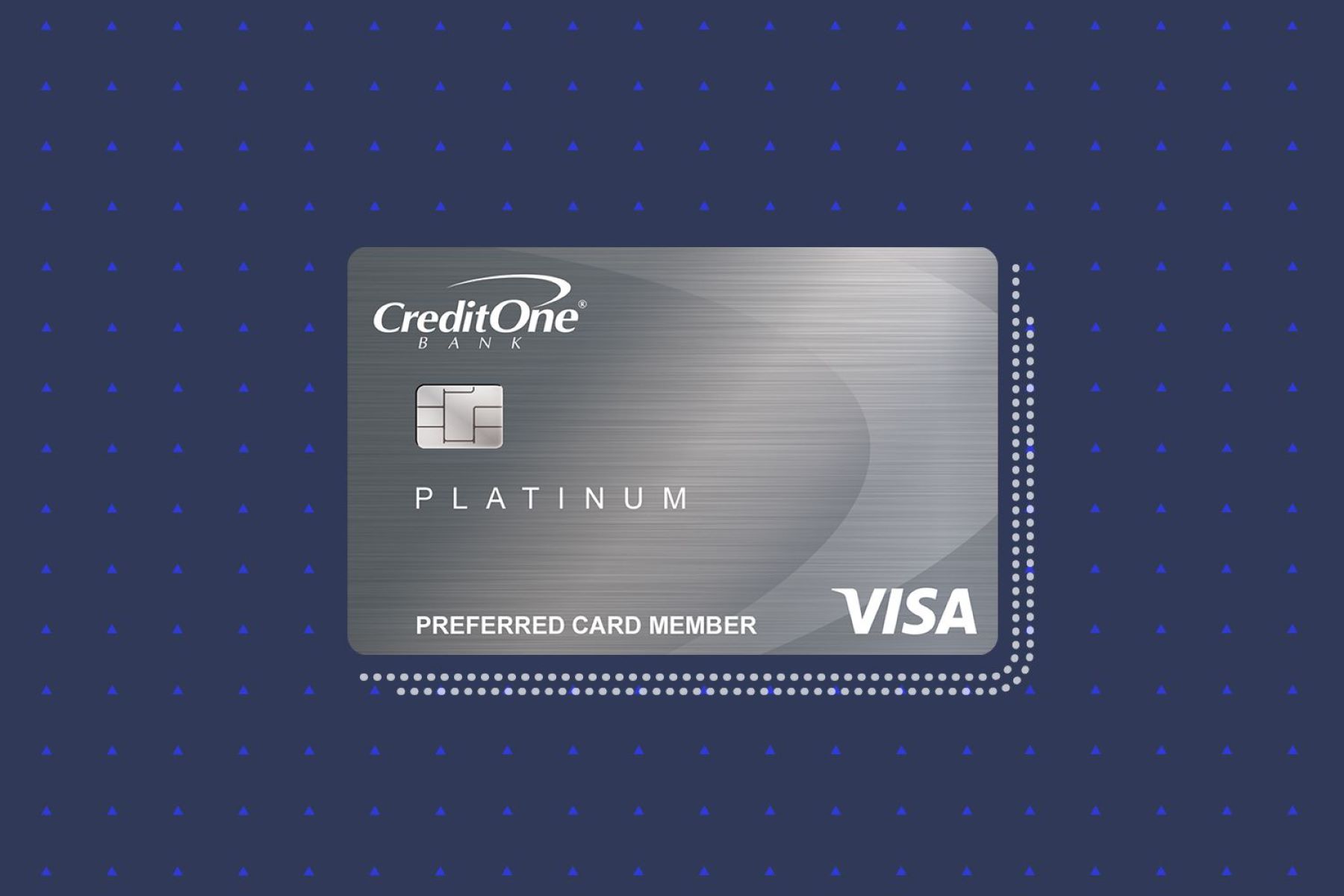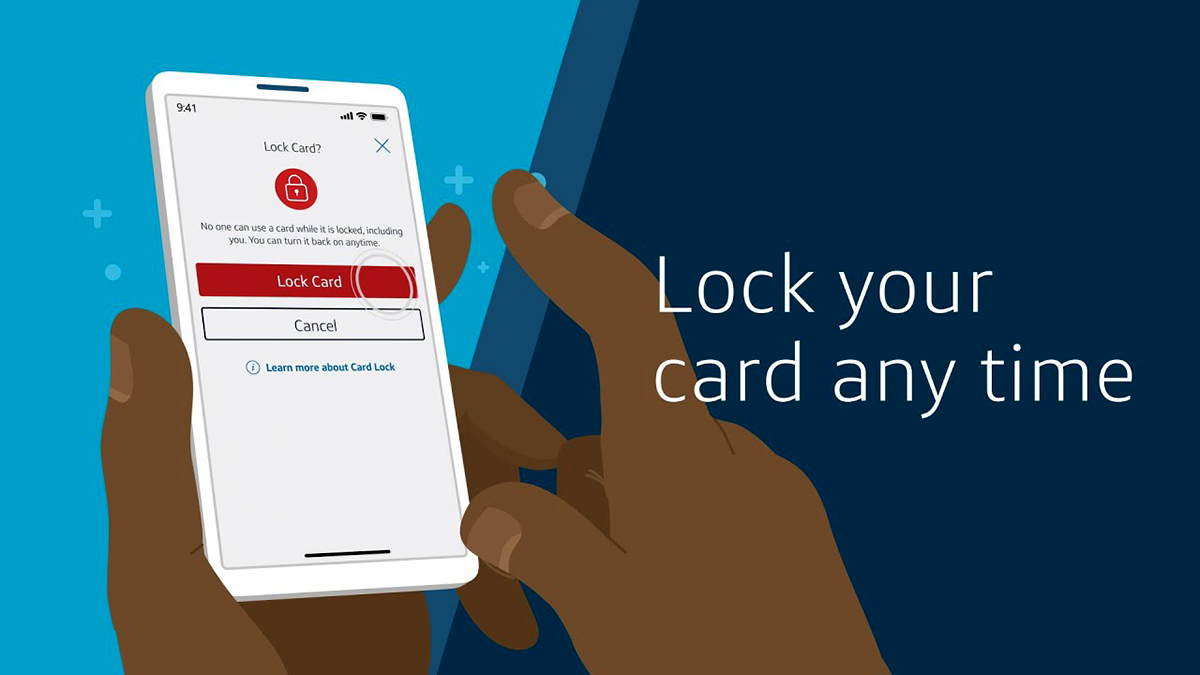Home>Finance>How To Get A Cash Advance On A Capital One Credit Card
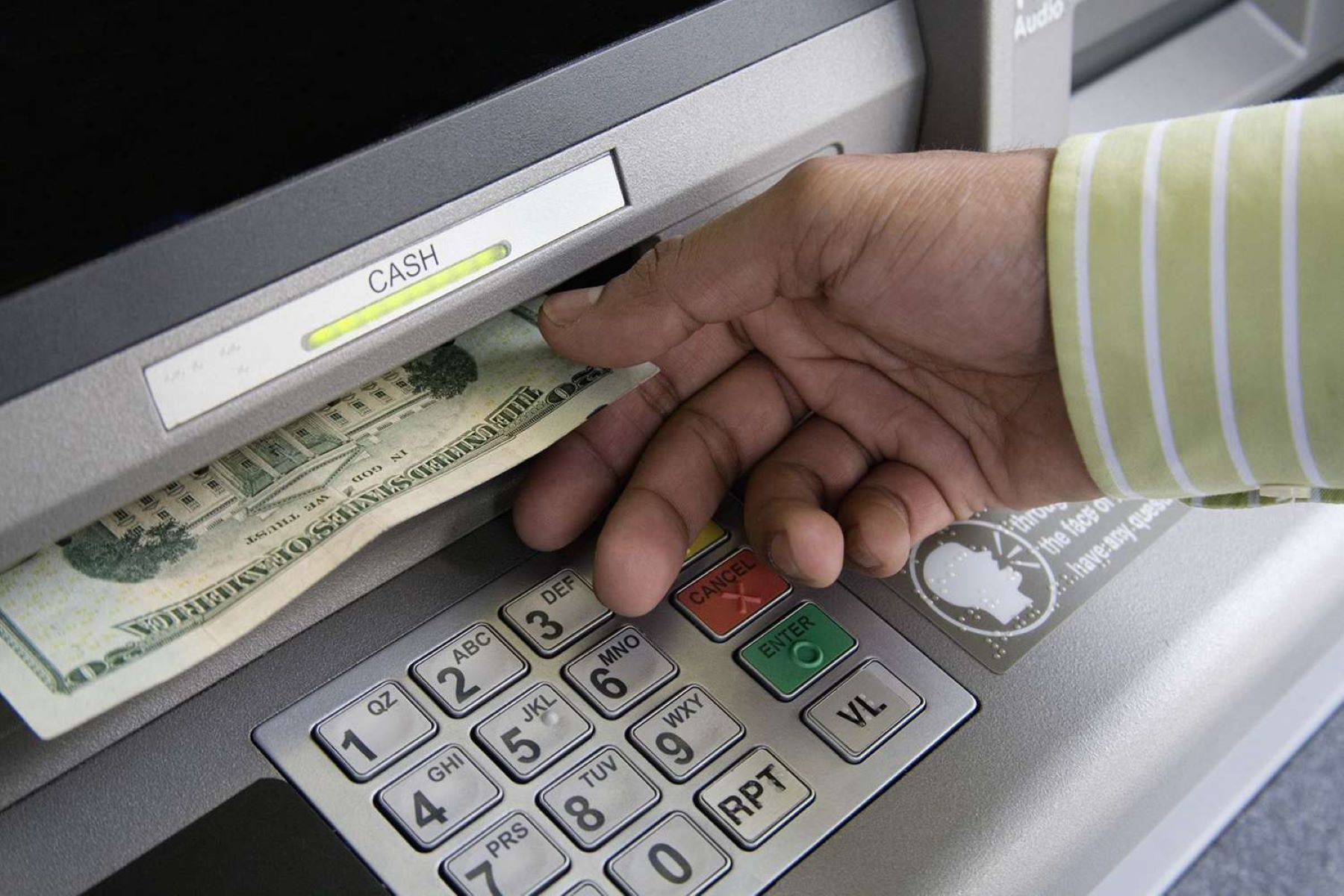

Finance
How To Get A Cash Advance On A Capital One Credit Card
Modified: February 25, 2024
Learn how to get a cash advance on your Capital One credit card for your financial needs. Unlock the potential of your card with this helpful guide.
(Many of the links in this article redirect to a specific reviewed product. Your purchase of these products through affiliate links helps to generate commission for LiveWell, at no extra cost. Learn more)
Table of Contents
Introduction
Are you in need of some extra cash to cover unexpected expenses or make ends meet? If you have a Capital One credit card, you may have the option to access quick funds through a cash advance. A cash advance allows you to withdraw money from your credit card, typically up to a certain limit, and use it for any purpose you need.
In this article, we will guide you through the process of getting a cash advance on your Capital One credit card. We will discuss the eligibility requirements, how to request a cash advance, the fees and interest rates involved, repayment options, as well as the benefits and limitations of using this service. Additionally, we will provide alternative solutions and tips for responsible cash advance use.
It’s important to note that while cash advances can provide immediate access to funds, they come with certain costs and considerations. Understanding how to use this feature responsibly can help you avoid unnecessary debt and financial stress.
Before proceeding, it’s essential to review your Capital One credit card terms and conditions, as the availability of cash advances may vary depending on the specific card type and individual account.
Now, let’s dive into the world of cash advances and discover how to get a cash advance on your Capital One credit card.
Understanding Cash Advances
A cash advance is a financial service offered by credit card issuers that allows cardholders to withdraw funds from their credit card’s available line of credit. Unlike regular credit card purchases, a cash advance provides immediate cash rather than making a payment to a merchant or service provider.
When you request a cash advance, the amount you withdraw is typically subject to a cash advance limit, which is usually a percentage of your total credit limit. It’s important to note that cash advances often have different terms and fees compared to regular purchases made with a credit card.
Cash advances can be obtained through various methods, including:
- ATM withdrawals: This is the most common method of accessing a cash advance. You can use your credit card at an ATM to withdraw cash, just like you would with a debit card. Keep in mind that some ATMs may charge additional fees for cash advances.
- Over-the-counter transactions: Some financial institutions allow you to request a cash advance by visiting a teller at a bank branch or credit card issuer’s office. This method may involve additional paperwork and identification verification.
- Convenience checks: Some credit card issuers provide convenience checks that can be used to directly access cash advances. These checks work similarly to regular personal checks.
It’s important to recognize that cash advances are not free money. When you obtain a cash advance, you are borrowing funds against your credit card’s line of credit and will be responsible for repaying the amount withdrawn, along with any associated fees and interest charges.
Next, we will explore the eligibility requirements for obtaining a cash advance on your Capital One credit card.
Eligibility Requirements
Before requesting a cash advance on your Capital One credit card, it’s important to understand the eligibility requirements. While the specific criteria may vary based on your credit card terms and the discretion of the issuer, there are general guidelines that apply to most cash advances.
Here are some common eligibility requirements for obtaining a cash advance:
- Active Capital One credit card: You must have an active Capital One credit card that offers the cash advance feature. Not all Capital One credit cards may have this option, so be sure to review your card’s terms and conditions or contact customer service to confirm.
- Available credit: You need available credit on your credit card to withdraw cash. The amount you can access may be subject to a cash advance limit, which is typically a percentage of your total credit limit.
- Account in good standing: It’s important to have a credit card account that is in good standing. This means you should have made regular payments on time and not exceed your credit limit. Missed payments or a high credit utilization ratio may affect your ability to request a cash advance.
- Identification: Some financial institutions may require identification verification when requesting a cash advance. Be prepared to present a valid ID, such as a driver’s license or passport, to complete the transaction.
- Compliance with cash advance policies: Make sure to comply with any additional policies set by Capital One or your credit card issuer. This may include restrictions on the maximum cash advance amount, frequency of cash advances, or any other guidelines outlined in your credit card agreement.
It’s essential to review your specific credit card terms and conditions to understand the exact eligibility requirements for cash advances. Additionally, the availability of cash advances may vary based on your individual creditworthiness and the discretion of the credit card issuer.
Now that you understand the eligibility requirements, let’s move on to the process of requesting a cash advance on your Capital One credit card.
How to Request a Cash Advance
Requesting a cash advance on your Capital One credit card is relatively straightforward. Follow these steps to initiate a cash advance:
- Check your available credit: Before requesting a cash advance, ensure that you have enough available credit on your Capital One credit card to cover the desired amount. Keep in mind that the cash advance amount may be subject to a predetermined cash advance limit, which is typically a percentage of your total credit limit.
- Identify cash advance options: Determine the available methods for obtaining a cash advance on your Capital One credit card. This can include ATM withdrawals, over-the-counter transactions, or convenience checks. Review your credit card terms and conditions or contact customer service to understand which options are available to you.
- Choose the method: Select the method that is most convenient for you and aligns with your preferred way of accessing the cash advance.
- Initiate the cash advance: Depending on the chosen method, follow the appropriate steps to initiate the cash advance. For ATM withdrawals, insert your credit card into the machine, enter your PIN, and select the cash advance option. For over-the-counter transactions, visit a participating bank branch or credit card issuer’s office and request a cash advance. If using convenience checks, fill out the check with the desired cash advance amount.
- Confirm the terms: Before completing the transaction, carefully review the terms and conditions of the cash advance. Take note of any fees, interest rates, and repayment terms associated with the advance.
- Complete the transaction: Once you have reviewed and accepted the terms, proceed with the cash advance transaction. For ATM withdrawals, follow the on-screen instructions to withdraw the desired amount. For over-the-counter transactions, present your card and any necessary identification to the teller to process the cash advance. If using convenience checks, provide the check to the recipient and wait for it to be processed.
- Secure the funds: After completing the transaction, ensure that you securely store and handle the cash obtained through the advance. Treat it like any other valuable currency and keep it in a safe and secure place.
Remember that cash advances typically involve fees and interest charges, so it’s important to use this service judiciously and repay the advance promptly. Failure to make timely payments can result in increased debt and potential negative effects on your credit score.
Now that you know how to request a cash advance, let’s explore the fees and interest rates associated with this service.
Cash Advance Fees and Interest Rates
When utilizing a cash advance on your Capital One credit card, it’s important to be aware of the fees and interest rates associated with this service. While the specific amounts may vary depending on your card’s terms and conditions, there are general factors to consider.
Here are some common fees and charges you may encounter when obtaining a cash advance:
- Cash advance fee: Credit card issuers often charge a fee for each cash advance transaction. This fee is typically a percentage of the total amount withdrawn. The specific fee amount can be found in your credit card agreement or by contacting Capital One’s customer service.
- ATM fees: If you choose to withdraw the cash advance from an ATM, be aware that the ATM owner or operator may charge additional fees for the transaction. These fees are separate from the cash advance fee charged by Capital One.
- Higher interest rates: Cash advances usually accrue interest from the day the transaction is made. The interest rates for cash advances are often higher than those for regular purchases made with the credit card. It’s vital to review your credit card terms to understand the applicable interest rate for cash advances.
It’s important to note that cash advance fees and interest rates can result in significant costs over time, especially if the advance is not paid off promptly. Therefore, it is recommended to exhaust other options or consider alternatives before resorting to a cash advance.
Now that you are aware of the fees and interest rates, let’s discuss the repayment options available for cash advances on your Capital One credit card.
Repayment Options
Repaying a cash advance on your Capital One credit card is an important aspect to consider to avoid accumulating excessive debt. Capital One provides several repayment options to choose from:
- Full repayment: The most straightforward option is to repay the entire cash advance amount in full before the due date. This allows you to avoid accruing interest charges on the outstanding balance.
- Minimum payment: If you are unable to repay the full amount, Capital One requires you to make at least the minimum payment specified in your credit card statement. Keep in mind that making only the minimum payment will result in accruing interest charges on the remaining balance.
- Partial payments: Making partial payments above the minimum payment can help reduce the balance more quickly and save on interest charges. Aim to pay off the cash advance as soon as possible to minimize interest costs.
- Automatic payments: Capital One provides an option to set up automatic payments, ensuring that at least the minimum payment is made on time. This can help avoid late fees and potential negative impacts on your credit score.
It is crucial to review your credit card agreement or contact Capital One’s customer service to understand the specific repayment terms and options available for your cash advance. By making timely and responsible payments, you can manage your cash advance effectively and prevent it from becoming a burden on your finances.
Next, let’s explore the benefits and limitations of cash advances on your Capital One credit card.
Benefits and Limitations of Cash Advances
Utilizing a cash advance on your Capital One credit card can provide immediate access to funds, but it’s essential to consider both the benefits and limitations associated with this service.
Here are some benefits of cash advances:
- Quick access to funds: Cash advances offer a convenient way to obtain cash quickly without needing to apply for a separate loan or line of credit.
- Flexible usage: Unlike some loans or credit lines that have specific restrictions on how the funds can be used, a cash advance allows you the flexibility to use the money for any purpose you need.
- Emergency financial support: Cash advances can be helpful in emergency situations where you need funds urgently and don’t have other available options.
However, it’s important to be aware of the limitations and potential drawbacks of cash advances:
- Higher fees and interest rates: Cash advances often come with higher fees and interest rates compared to regular credit card purchases. These additional costs can significantly impact your overall debt if not managed responsibly.
- Impact on credit utilization ratio: Using a significant portion of your available credit for a cash advance can raise your credit utilization ratio, which may negatively impact your credit score.
- Debt cycle: If you are not able to pay off the cash advance quickly, it can lead to a cycle of debt, where you continue to carry a balance and accrue interest charges over time.
- Limited cash advance availability: Cash advances may have specific limitations, such as a cap on the maximum amount or restrictions on the frequency of advances. Be sure to understand the details and terms of your specific credit card agreement.
Considering these benefits and limitations is crucial to make an informed decision about utilizing a cash advance on your Capital One credit card. It’s recommended to explore alternative solutions before resorting to a cash advance.
Next, let’s discuss some alternatives to cash advances that you may consider in financial situations.
Alternatives to Cash Advances
While cash advances can provide immediate access to funds, they come with fees and higher interest rates. It’s important to explore alternative options before considering a cash advance on your Capital One credit card. Here are some alternatives to consider:
- Emergency savings: Having an emergency savings fund can be a great financial safety net. By setting aside a portion of your income regularly, you can build a fund to cover unexpected expenses without incurring debt.
- Borrowing from friends or family: If you have a trustworthy support system, consider reaching out to friends or family members who may be willing to provide a loan or financial assistance during tough times.
- Personal loans: Instead of using a cash advance, you may consider applying for a personal loan from a bank, credit union, or online lender. Personal loans generally have lower interest rates and more flexible repayment terms compared to cash advances.
- Balance transfer: If you have another credit card with a lower interest rate or promotional offer, you may explore transferring the balance from your Capital One credit card to the alternative card. This can help you consolidate your debt and potentially save on interest charges.
- Side gigs or part-time work: Consider taking on extra work or side gigs to generate additional income. This can help supplement your funds and cover unexpected expenses without relying on a cash advance.
Exploring these alternative options can help you avoid the fees and high interest rates associated with cash advances, providing you with more flexibility and potentially helping you save money in the long run.
Now that you are aware of the alternatives, let’s discuss some tips for responsible cash advance use on your Capital One credit card.
Tips for Responsible Cash Advance Use
While cash advances on your Capital One credit card can be a handy financial tool in certain situations, it’s crucial to use them responsibly to avoid unnecessary debt and financial stress. Here are some tips to help you make wise decisions when considering a cash advance:
- Assess the urgency: Before opting for a cash advance, carefully evaluate the urgency of your financial need. Consider if there are alternative solutions or if the expense can be postponed or managed through other means.
- Understand the costs: Familiarize yourself with the associated fees, interest rates, and repayment terms specific to your Capital One credit card. Calculate the total cost of the cash advance to make an informed decision.
- Borrow only what you need: To minimize the amount of debt accrued, borrow only the necessary funds. Avoid taking out more than required, as it will increase the interest charges and repayment obligations.
- Create a repayment plan: Before obtaining a cash advance, develop a realistic plan for repaying the borrowed amount. Consider your budget and payment capabilities to ensure timely and responsible repayment.
- Pay off the advance quickly: Aim to pay off the cash advance as soon as possible to minimize interest charges. Making only the minimum payments can result in prolonged debt and increased costs.
- Monitor your credit utilization: Be mindful of your credit utilization ratio, which is the percentage of available credit you are using. High utilization can negatively impact your credit score. Limit your cash advances to avoid exceeding recommended thresholds.
- Regularly review your budget: Maintain a comprehensive budget to track your expenses and income. This will help you identify areas where you can cut back and allocate funds more efficiently, reducing the need for cash advances.
- Explore other options: Consider alternatives to cash advances, such as emergency savings, personal loans, or borrowing from friends or family. These options may have lower costs and less impact on your credit.
- Seek financial advice: If you find yourself frequently relying on cash advances or struggling with debt, consider reaching out to a financial advisor or credit counseling service. They can provide guidance tailored to your specific situation.
By following these tips, you can use cash advances on your Capital One credit card responsibly and mitigate potential financial risks.
Now, let’s conclude our discussion on cash advances and recap the key points.
Conclusion
Obtaining a cash advance on your Capital One credit card can provide immediate access to funds in times of financial need. However, it’s essential to approach cash advances with caution and use them responsibly to prevent unnecessary debt and financial strain.
In this article, we explored the process of getting a cash advance on your Capital One credit card, including eligibility requirements, requesting a cash advance, fees and interest rates, repayment options, as well as the benefits and limitations of this financial service. We also discussed alternative options to consider and provided tips for responsible cash advance use.
Remember to carefully review your credit card terms and conditions to understand the specific details and requirements for cash advances on your Capital One credit card. By being aware of the costs, repayment obligations, and alternative solutions, you can make informed decisions that align with your financial goals and priorities.
It’s important to use cash advances as a last resort and seeking alternative solutions whenever possible. This includes building an emergency fund, exploring personal loan options, and proactively managing your finances to reduce the need for cash advances.
Lastly, always prioritize responsible borrowing and strive to repay your cash advance as quickly as possible. By doing so, you can avoid unnecessary debt and maintain a healthy financial future.
Remember, financial decisions should be made based on your individual circumstances. If you have any questions or concerns, it’s advisable to consult with a financial advisor or representative from Capital One for personalized guidance.

